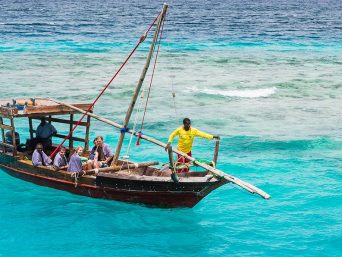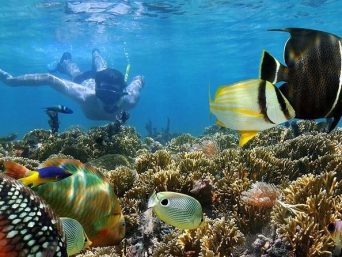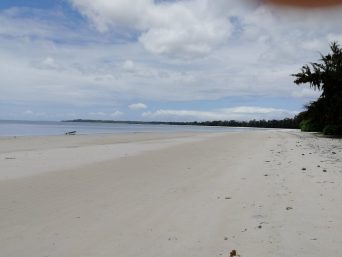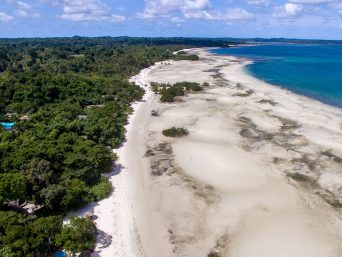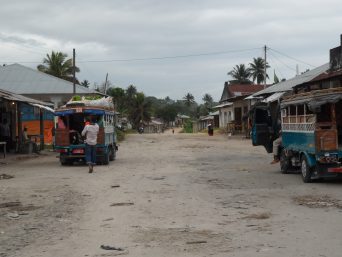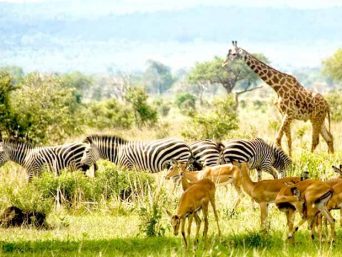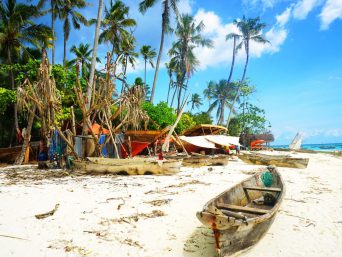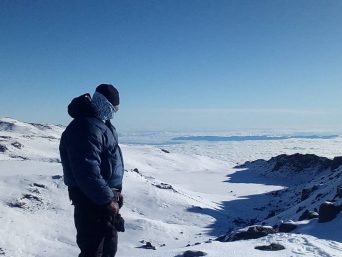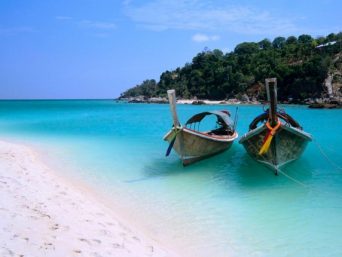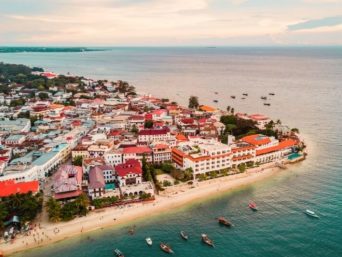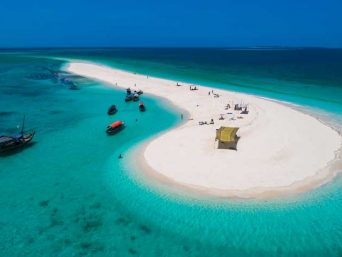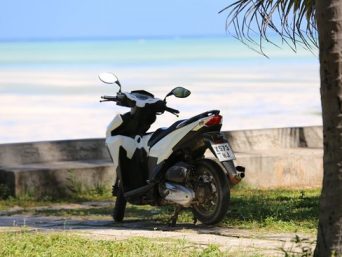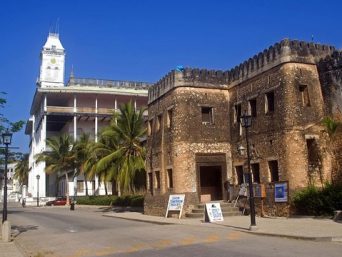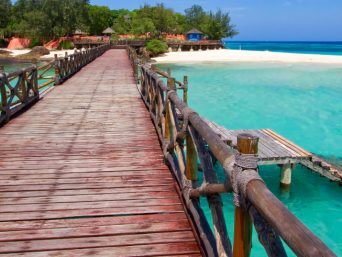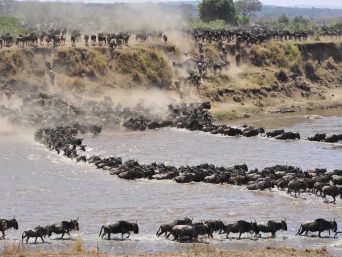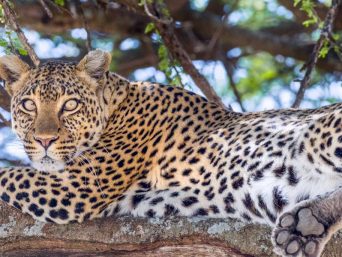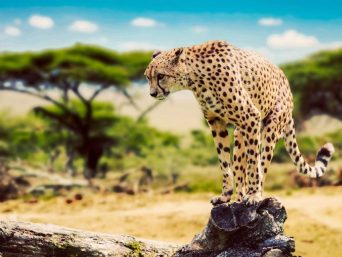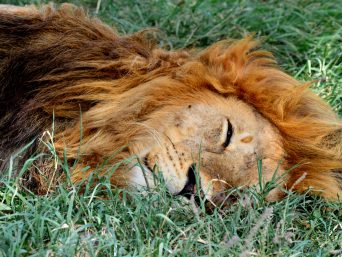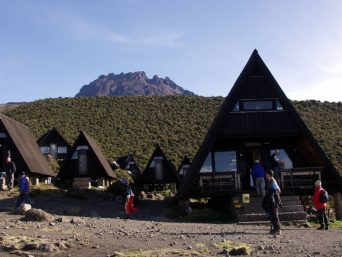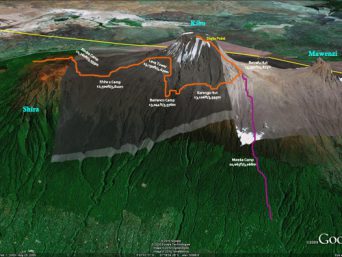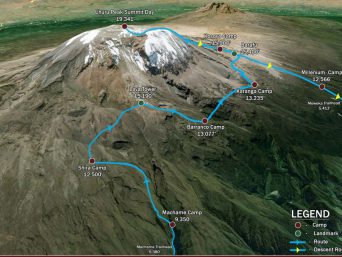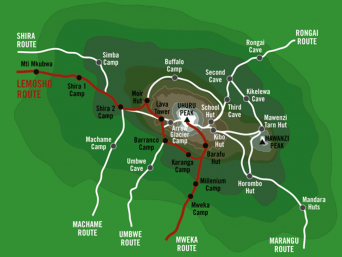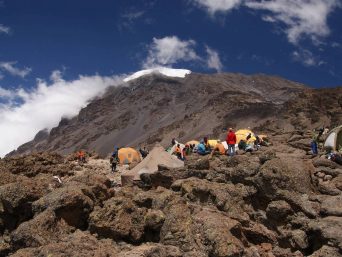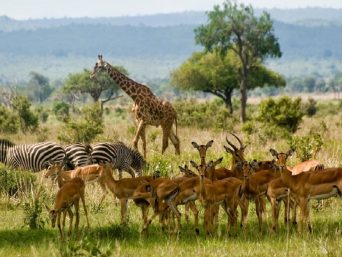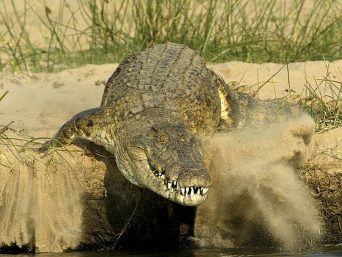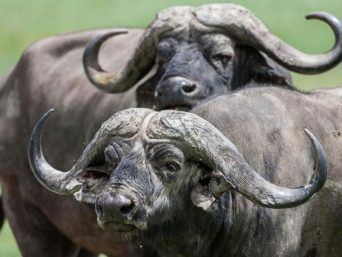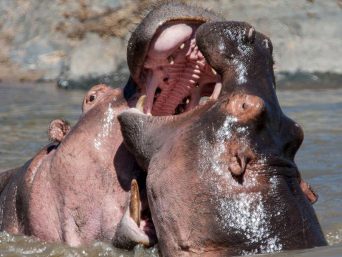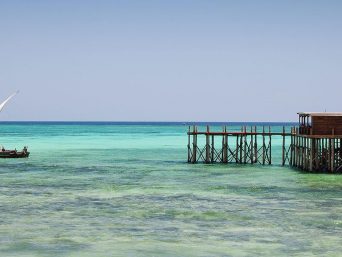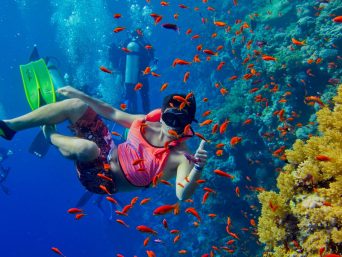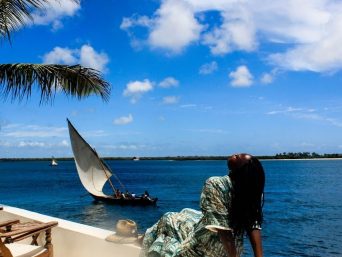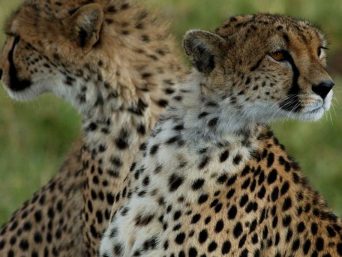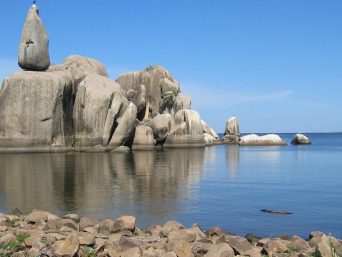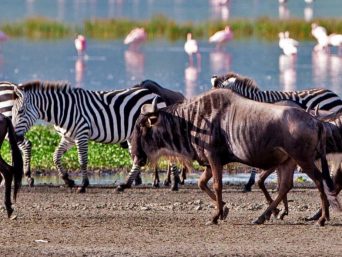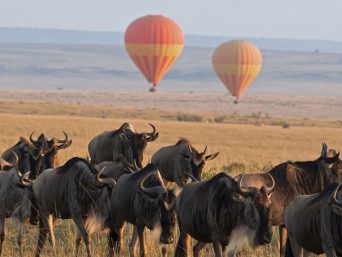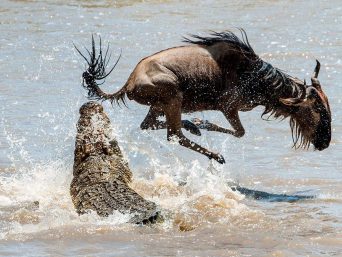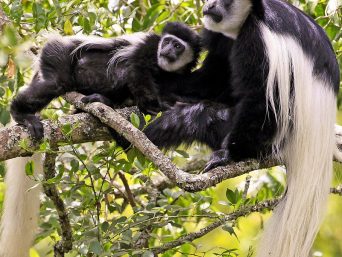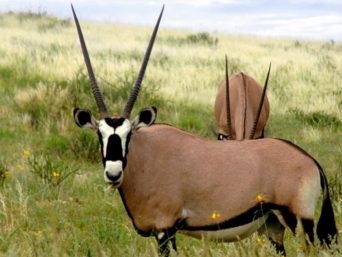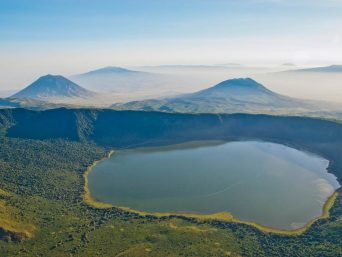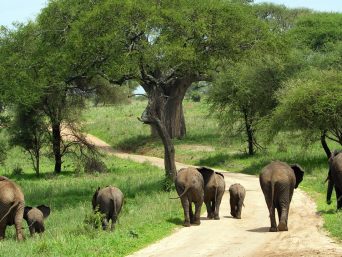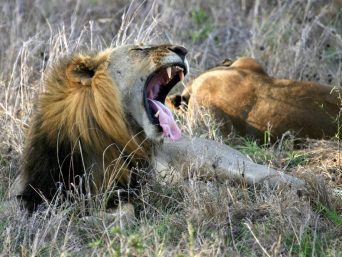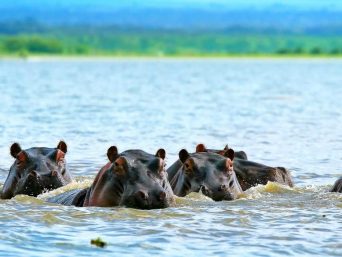Set deep in the heart of African interior, inaccessible by road and only 128km (80miles) south of where Stanley uttered that immortal greeting ‘‘Dr Livingstone, I presume’’, is a scene reminiscent of an Indian Ocean island beach idyll.
Mahale Mountains National Park is home to some of the Africa’s last remaining wild chimpanzees; a population of roughly 800 (only 60 individual forming what is known as ‘‘M group’’) habituated to human visitors by a Japanese researchers in the 1960s.Tracking the chimps of Mahale is a magical experience.
Mahale’s mountain ridge is around 50 km in length and runs across the park from the northwest to the southeast. Its tallest peak, Mt Nkungwe, raises 2462m a.s.l, the highest point on Lake Tanganyika shoreline.
The western slopes of the bridge form a gigantic wall that plunges into the Lake, continuing down under the water and creating the lakes enormous depths. Numerous rivers cascades down from the mountain tops, carving deep valleys and gorges into their slopes.
One of the unusual things about Mahale vegetation is the wide array of habitat types that it contains. The park is a mosaic of overlapping rainforest, woodland, bamboo forest, montaine forest and grasslands meaning that can support a unique mix of Flora and Fauna that rely on the various different habitat.
The lowland forest (locally known as ‘Kasoge’) that grows on the western slopes of the Mahale Mountains in an enclave of Congolese forest. It flourishes here because of a suitable, humid micro climate that is the result of the warm, moist air over the lake colliding with cold air blowing down from the mountains. The presence of this tropical forest allows Mahale to support many west and central African animals and birds such as the giant pangolin, a forest species found through central and West Africa.
Vegetation at altitude above 1500m in the Mahale Mountains is composed of wetter, more luxuriant forest than the lowland type. The very tops of the ridge are covered with high altitude grassland, with a few scattered small trees. This area turns to a beautiful, colourful carpet of flowers towards the end of the rain season in May.
Most of the eastern slopes, as well as the lowland areas to the north and south of Kasoge forest are covered with a type of woodland known as miombo, in some areas interspersed with expanses of lowland bamboo bush. These areas support Mahale’s east African savannah species including buffaloes, wild dogs and many varieties of antelopes. The vast areas of woodland are criss-crossed by narrow belts of riverine forest that has a very similar composition to lowland, lake shore forest and which provides important food sources and migration corridors for several species including key species of chimpanzees.
Size: 1613 km2 or 623sq miles where 1517km2 is terrestrial while 96km2 is aquatic habitat
ACTIVITIES
Chimpanzees trekking ( 3 groups of maximum 6 visitors per day)
Forests walks and mountain hiking ( Nkungwe peak takes 7- 9 hours and is 2462m a.s.l)
Camping safaris (wilderness & fly camping along the beaches)
- Snorkeling
- Kayaking
- Sport fishing
- Bird watching
LOCATION
Western Tanzania, 128 km south of Kigoma town along Lake shores of Tanganyika
ACCESSIBILITY
Charter; Charter flights from Kigoma, Mwanza, Arusha or Dar es Salaam. Mostly Zantas air and Tanganyika flights have weekly scheduled flights to Mahale airstrip
Water Vessel; Twice per month Mv. Liemba ferry from Kigoma (9-10hrs) then hire or arrange with Park HQ for a boat pick up at Lagosa point (30minutes cruise to the park).
Road; Alternatively, 2 hrs car drive south of Kigoma via Simbo Village (160km ) crossing Malagarasi river to Herembe (Dry season) or 122km to Sigunga Village upon arrangement with Park HQ for boat transfer to the Park maximum 1 or 2 hrs boat cruise respectively.
By Air: several airlines offer regular services to National park airstrip (Not tarmac) but suitable for landing aircraft. Aircraft type: caravan 6-12 seeters.
Airstrip facilities: outdoor bathroom facilities
SEASONS TO VISIT
Dry season (may- October) best for forest walks although no problem in the light rains of October /November. During this period chimpanzees are likely to be seen in big groups and one may enjoy learning about their various behaviours such as hunting of other primates or mammals.
Note: Chimp viewing regulations applies (Maximum three groups per day with maximum of 6 people for 1 hour each group after sighting)

